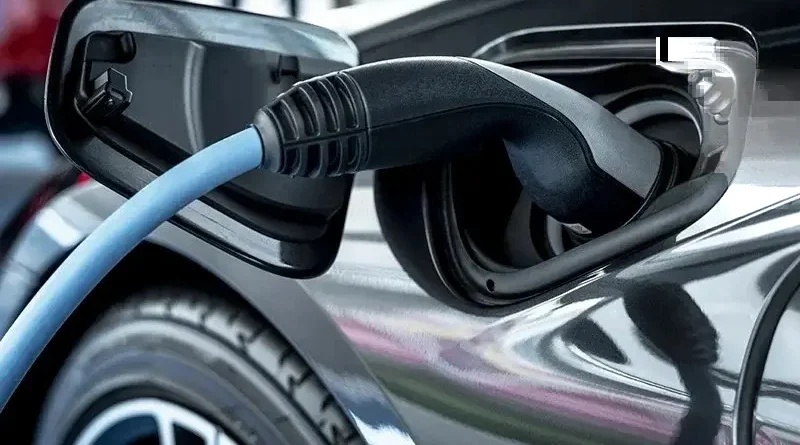The Future of Electric Vehicle Incentives and Their Impact on Sustainable Transport
Key Takeaways
- Electric vehicle (EV) incentives are crucial for promoting sustainable transportation.
- Understanding different types of incentives can help consumers make informed decisions.
- Incentives can range from financial rebates to infrastructure support.
Introduction to Electric Vehicle Incentives
Electric vehicle incentives are crucial for consumers and policymakers to combat environmental degradation. They can take various forms, from tax benefits to financial incentives. The primary goal is removing financial hurdles discouraging consumers from investing in cleaner technology. Governments also commit to supporting greener alternatives and fostering innovation in transportation technologies, reducing dependency on fossil fuels. As electric vehicles (EVs) gain momentum in the automotive world, the role of incentives for owning an electric vehicle is becoming increasingly pivotal. Electric vehicle (EV) incentives aim to reduce barriers to sustainable transport and encourage green transportation adoption. These incentives cover financial benefits, tax credits, and infrastructure development tailored to address specific challenges faced by potential EV owners. By combining these incentives, we can make significant strides in decreasing our dependence on fossil fuels and reducing the transportation sector’s carbon footprint.
Financial Incentives for EV Buyers
Financial incentives are among the most direct ways governments encourage people to purchase EVs. These incentives often come as cash rebates or discounts applied at the point of sale, substantially reducing the cost barrier of switching from traditional gas-driven vehicles to modern, energy-efficient EVs. In regions like California and Norway, these financial incentives have led to a dramatic rise in the popularity and sales of electric vehicles. Governments may increase the appeal of EVs to a broader spectrum of consumers, including those who might not otherwise be able to afford them, by providing substantial financial savings.
Tax Credits and Their Benefits
Tax credits are another financially appealing incentive for potential EV owners. Unlike rebates, which are usually granted at the time of purchase, tax credits reduce an owner’s tax liability at the end of the fiscal year. This subtle but powerful incentive method can provide substantial savings. For example, buyers of certain electric vehicles in the United States can benefit from federal tax credits that enhance the cost-effectiveness of investing in alternative fuels. Such initiatives are crucial in incentivizing early adopters and paving the way for changes in future consumer habits and preferences.
Infrastructure Development for EVs
Infrastructure development is an essential aspect of electric vehicle promotion. The availability of convenient charging stations is often a significant concern for potential EV owners. As governments realize the importance of readily available and efficient charging networks, investments in public charging stations have increased. These efforts, such as expanding electric vehicle charging infrastructure, help alleviate the ‘range anxiety’ many potential users experience, making long-distance travel more feasible and increasing the practicality of EVs for everyday commuting.
State-Level Policies Promoting EV Adoption
At the state level, various policies have been crafted to complement national efforts in promoting EV adoption. In some regions, additional perks are offered to EV users, such as permitting high-occupancy vehicle lanes, which can significantly reduce travel time during congested rush hours. Furthermore, free or discounted parking for EVs in busy urban areas incentivizes urban adoption and addresses logistical transportation issues many EV owners face. These state-driven policies improve the experience of owning an EV and signal a collective drive toward reducing traffic-related emissions and pollution.
Global Trends in EV Incentives
Globally, the approach to incentivizing EVs is diverse and continuously evolving. Each country tailors its policy to address local challenges while championing green technologies. The European Union, for instance, supports electric mobility by coupling financial incentives with strict emissions regulations, pushing for a reduction in carbon pollution from traditional vehicles. Such global trends illustrate how incentives can be delicate balancing acts, aligning environmental aspirations with economic capabilities to foster a worldwide shift toward sustainable transport networks.
Real-Life Examples of Successful Electric Vehicle Programs
Studying successful electric vehicle programs can provide valuable insights into how incentives may translate into real-world outcomes. With over half of all new car sales being electric, Norway makes an extreme case. This is mainly because of comprehensive incentives, such as tax breaks and widespread access to charging stations. These incentives create a comprehensive environment for EV success, which may serve as a blueprint for other countries seeking to emulate this level of change. The efficacy of these programs underscores the potential impact of strategic incentives on rapid consumer adoption and behavioral shift toward eco-friendly choices.
The Future of Electric Vehicle Incentives
As advancements in automotive technology continue, incentives for electric vehicles will likely shift focus. Future programs may emphasize supporting innovations in battery technology, enhancing energy efficiency, and facilitating the recycling or repurposing of EV components to make the entire lifecycle of an electric vehicle as environmentally friendly as possible. Aligning incentives with industry advancements will be pivotal, ensuring incentives are not just about initial purchase savings but also about fostering a long-term sustainable ecosystem that supports EVs against the backdrop of their ongoing technological transformation.
Visit the rest of the site for more interesting and useful articles.

